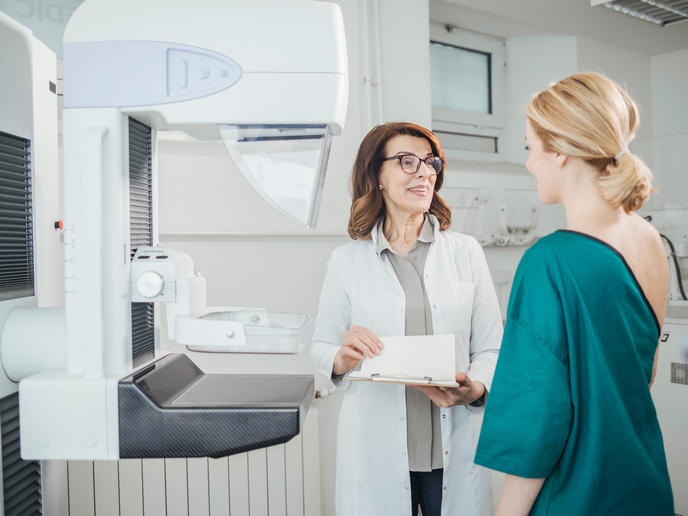Point-of-care device quickly detects early signs of sepsis
Sepsis occurs when the body’s immune system overreacts to infection or injury and ends up attacking its own organs and tissues. In 2017 there were estimated to be almost 50 million cases globally and it is the leading cause of death in hospital critical care units. Despite the availability of prediction and diagnostic models, clinicians are still unable to assess the gravity of sepsis in a patient or the likely outcome. The SPEDI-TEST project, supported by the European Research Council has developed a prognostic method, which detects sepsis within hours. “Our device analyses specific blood cell culture conditions to spot when the inflammatory response is impaired, then assesses inflammation at the molecular level, as a biomarker for sepsis-related late complications,” says Pablo Pelegrin, project coordinator. The team has launched a spin-off company, to convert their in vitro diagnostic (IVD) device into an automated compact lab-on-a-chip device.
Identifying the blood biomarkers
In sepsis, the inflammatory response is often triggered by proteins called receptors, which sit on the surface of immune cells. Once activated, these secrete proinflammatory cell signalling proteins called cytokines that travel around the body activating immune cells to fight infection. SPEDI-TEST developed two protocols for identifying blood biomarkers for sepsis. For the first, different patterns of specific proteins secreted by the cells of patients with sepsis are detected in purified blood samples using ELISA. From this observation, the team then used flow cytometry to study each patient’s immune system, enabling predictions about how sepsis is likely to develop. In the second protocol, complete blood samples are used (instead of purified blood cells) with specific cell culture conditions. While this will make future automation easier, whole blood samples are less sensitive than purified cells. The team again used both ELISA and flow cytometry, finding flow cytometry more sensitive, with results still undergoing analysis. “Rather than looking for a molecule present in the blood, we ‘ask’ the immune cells how they are doing, in patients with long-term complications; they effectively answer, ‘we are exhausted’, which becomes our biomarker,” explains Pelegrin. This sort of blood work usually requires cumbersome equipment and complicated techniques and specialists. “Our point-of-care IVD device is small enough to be taken to the patient’s bedside and can be used easily by nurses or clinical staff, without special training. Its fast turnaround of results, in a few hours, speeds up potentially life-saving interventions,” adds Pelegrin.
Validation outcomes
Validation with patients found ELISA to have a sensitivity rate (correctly identifying patients who will develop future sepsis complications) of 90.9 %, and a specificity (correctly identifying those without) of 100 %. Whereas the flow cytometry achieved a sensitivity of 81.8 % and specificity of 91.7 %. Both detected patients with long-term sepsis-related complications within 24 hours of admission to intensive care units. “This should be compared to the current clinical measures, known as ΔSOFA, used to determine likely sepsis evolution calculated five days after ICU admission of 55 patients, which has sensitivity and specificity rates of 87.5 %,” adds Pelegrin.
Better identification of risk, more effective treatment
SPEDI-TEST identifies early patients with an increased chance of developing life-threatening sepsis complications, resulting in earlier prognosis and so more effective treatment and care. It also benefits vulnerable populations, for example those with comorbidities such as myocardial infarctions or pneumonia. “With the cost of care per septic patient estimated at EUR 42 000 annually, this benefits not only patients, but also hospitals and the wider healthcare economy through more targeted resources,” concludes Pelegrin.
Keywords
SPEDI-TEST, sepsis, immune system, diagnostic, biomarker, inflammatory, blood, ELISA, cytometry, cytokines, molecule, protein, IVD







